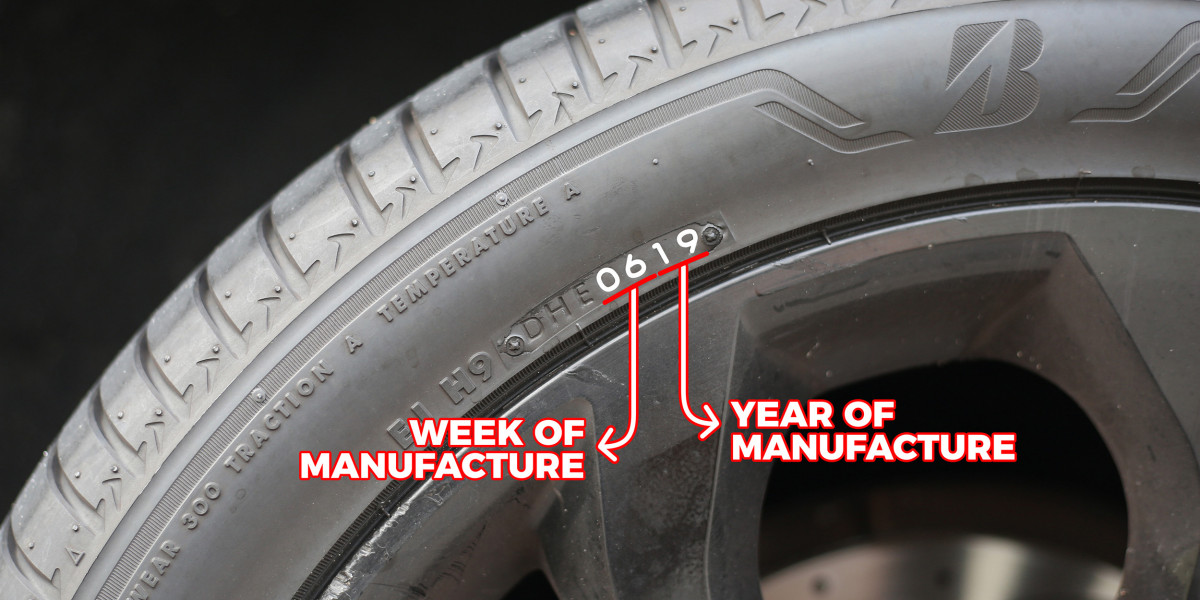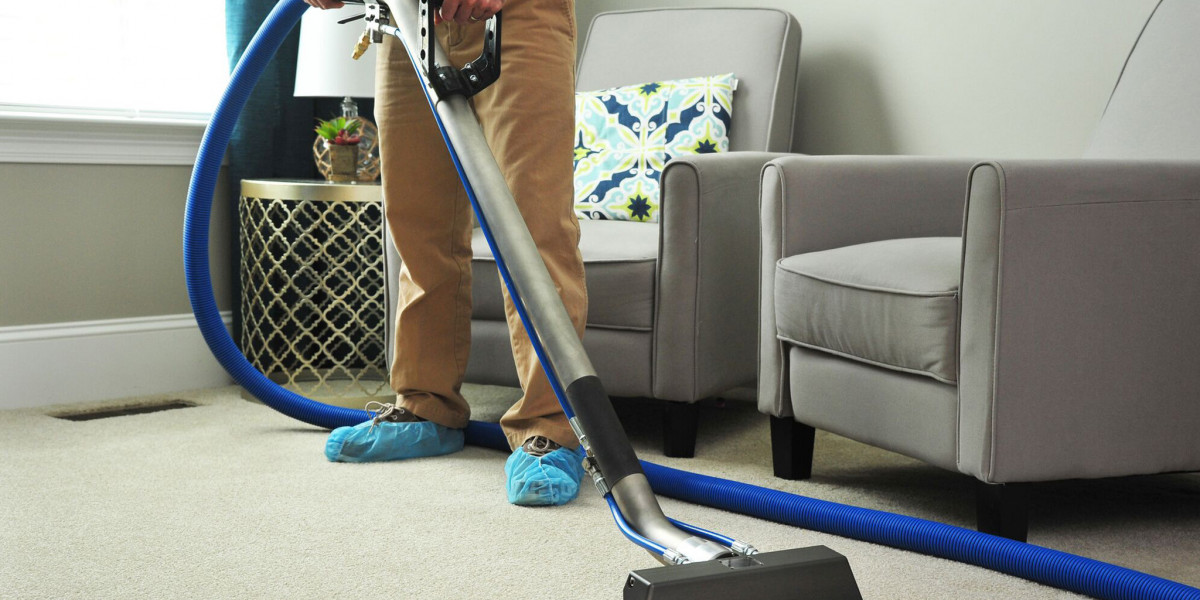When we think of tyre safety, most drivers immediately consider tread depth or visible damage. But there's another important factor that often goes unnoticed tyre expiry dates. Just like food or medicine, tyres have a shelf life, and using them past that date can be dangerous.
Let’s break down why expired tyres are risky, how to check your tyre's age, and what you can do to stay safe.
What Happens When Tyres Age?
Tyres are made of rubber, and over time, rubber changes. Even if the tread looks good and there’s no visible damage, old rubber can become hard, brittle, and more likely to crack. That makes the tyre more likely to fail especially at high speeds or under heavy braking.
Here’s what can go wrong with old tyres:
Cracking and Splitting: As rubber dries out, it starts to crack. These cracks may look small on the surface but can run deeper than they appear.
Loss of Grip: Tyres lose their flexibility with age, meaning they don’t grip the road as well especially in wet conditions.
Increased Blowout Risk: The older the tyre, the more likely it is to blow out due to internal weakening.
How to Check a Tyre’s Expiry Date
Tyres don’t come with a big “Best Before” stamp, but they do have a manufacturing date. You can find this information on the sidewall of the tyre in the form of a four-digit number within a rectangular box.
For example, if you see "2419", it means the tyre was made in the 24th week of 2019.
Most tyre experts recommend replacing tyres that are 6 to 10 years old, regardless of tread condition. If you're unsure, have a professional inspect them.
Why Expired Tyres Are Common in Hot Climates
In regions like Dubai, heat speeds up tyre aging. The intense sun and high road temperatures cause the rubber to degrade faster. Even tyres that have never been used but have been stored in a hot environment can lose quality before they ever touch the road.
That's why it’s important not only to check tread and pressure but also to be aware of the age of your tyres especially when shopping for replacements.
What to Do If You Find Out Your Tyres Are Too Old
If you discover your tyres are older than 6 years, it’s time to consider a replacement regardless of how they look. Some dealers may try to sell you older stock at a discount, so always check the manufacture date before buying.
Keep an eye out for tyre offers in Dubai that include recent manufacturing dates. Many shops advertise great deals on safe, fresh tyres. A good deal should never come at the cost of your safety.
Tips to Avoid Buying Expired or Nearly Expired Tyres
Always ask for the manufacture date before buying.
Inspect all four tyres sometimes only one or two may be older stock.
Buy from trusted dealers who are transparent about their stock.
Store unused tyres properly in a cool, dry place, away from sunlight.
Final Thoughts
Using tyres beyond their expiry date may save you a few bucks in the short term, but it puts your safety and the safety of others at risk. If your tyres are older than 6 years or show signs of aging, it’s best to replace them.
Your vehicle is only as safe as the tyres it rides on. Stay informed, check those dates, and take advantage of tyre offers Dubai that focus on both value and safety.














